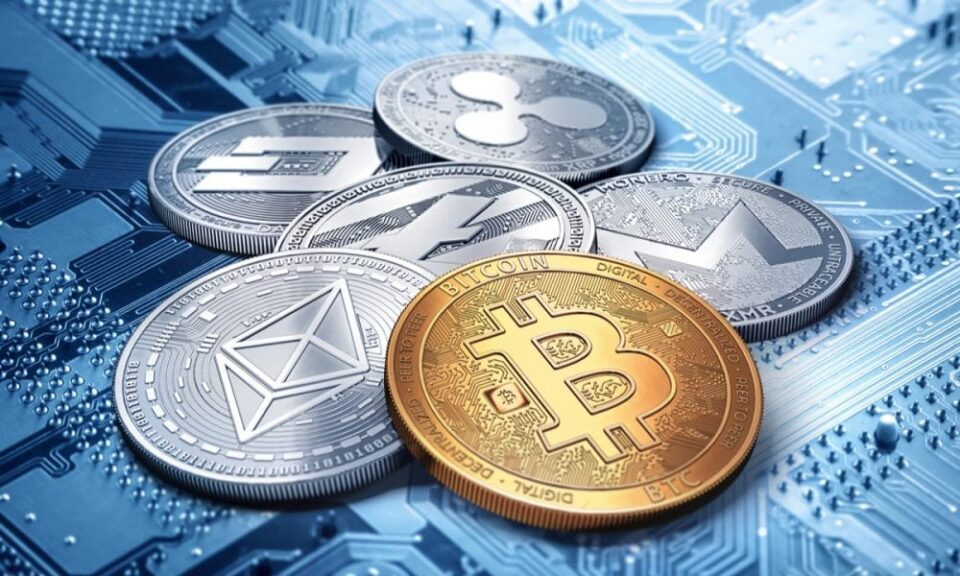Whenever we hear about Tokenization, the very first question that comes to our mind is what it is. The answer is that Tokenization is a method used to protect personal and sensitive information like credit card numbers. And when it is replaced by some unique symbols that are called tokens. These unique numbers (tokens) contain all the necessary information without revealing sensitive data.
In this way, businesses can improve the security of transactions and minimize the amount of sensitive data they have to store. When small businesses use Tokenization, they can improve the security of their online transaction and their credit card. Tokenization also makes compliance with industry standards and government regulations easier.
The tokenization method protects sensitive information, and financial services have used it since the 1970s. It means even before blockchain technology. It protects confidential client information and ensures its security.
As we already read, Tokenization has long been used in the financial industry to protect sensitive data. And it has similarities with blockchain-based Tokenization. But Tokenization is not just about data protection. It goes beyond it and provides a more secure and versatile tokenization of assets.
Like, Tokenization also helps in making every reward app and reward system more secure as well as cost-efficient. With the help of Tokenization, any organization can turn its existing rewards program into a blockchain-enabled system.
Furthermore, Tokenization is also expanding the use of digital tokens across various industries. But now, it has gained attention in cryptocurrencies as it offers multiple potential benefits and opportunities. Crypto coin or token provides several user benefits; here are some points to consider:
These days digital tokens are becoming popular across different industries. But they have recently gained attention in the crypto world and crypto app because of the numerous advantages and opportunities they bring.
These cripto tokens provide several benefits for users. Here we will see some key points; let’s have a look:
Increased liquidity:
Tokenization breaks down assets into smaller parts, making them easier to buy and sell. This means more opportunities for investors and traders, and as it increases the liquidity of help, that means easier exchange. Furthermore, it also makes it easier to sell or buy crypto.
Access to a new market:
Whenever someone trades tokenization assets, they always use the blockchain platform, and in this way, it reaches the global audience. Not only getting the people but also opening new markets and attracting new investors who couldn’t previously invest in these assets.
Diversification:
With Tokenization, one can create tokens that represent different types of assets, for example, real estate, art, and commodities. And when investors invest in a range of support, they have opportunities to diversify their portfolios, reducing the risk. In this way, investors can get opportunities to spread their investments across different assets for better financial security.
Provides a transparent record of transactions:
Tokenization is a secure method that keeps everything transparent using blockchain technology. And blockchain technology keeps a clear and unchangeable record of all transactions. It increases trust and security in the investment process. Using smart contracts to automate transactions can reduce the need for mediators.
Risks and challenges of Tokenization:
While Tokenization holds potential, that’s why it also comes with risks and challenges. Price volatility, market liquidity, and security vulnerabilities and factors to consider. Broader market trends and adoption rates can influence the success of tokenized investments.
In a nutshell:
When it comes to blockchain technology, there are some common rules and regulations that need to be followed to understand these things carefully.

